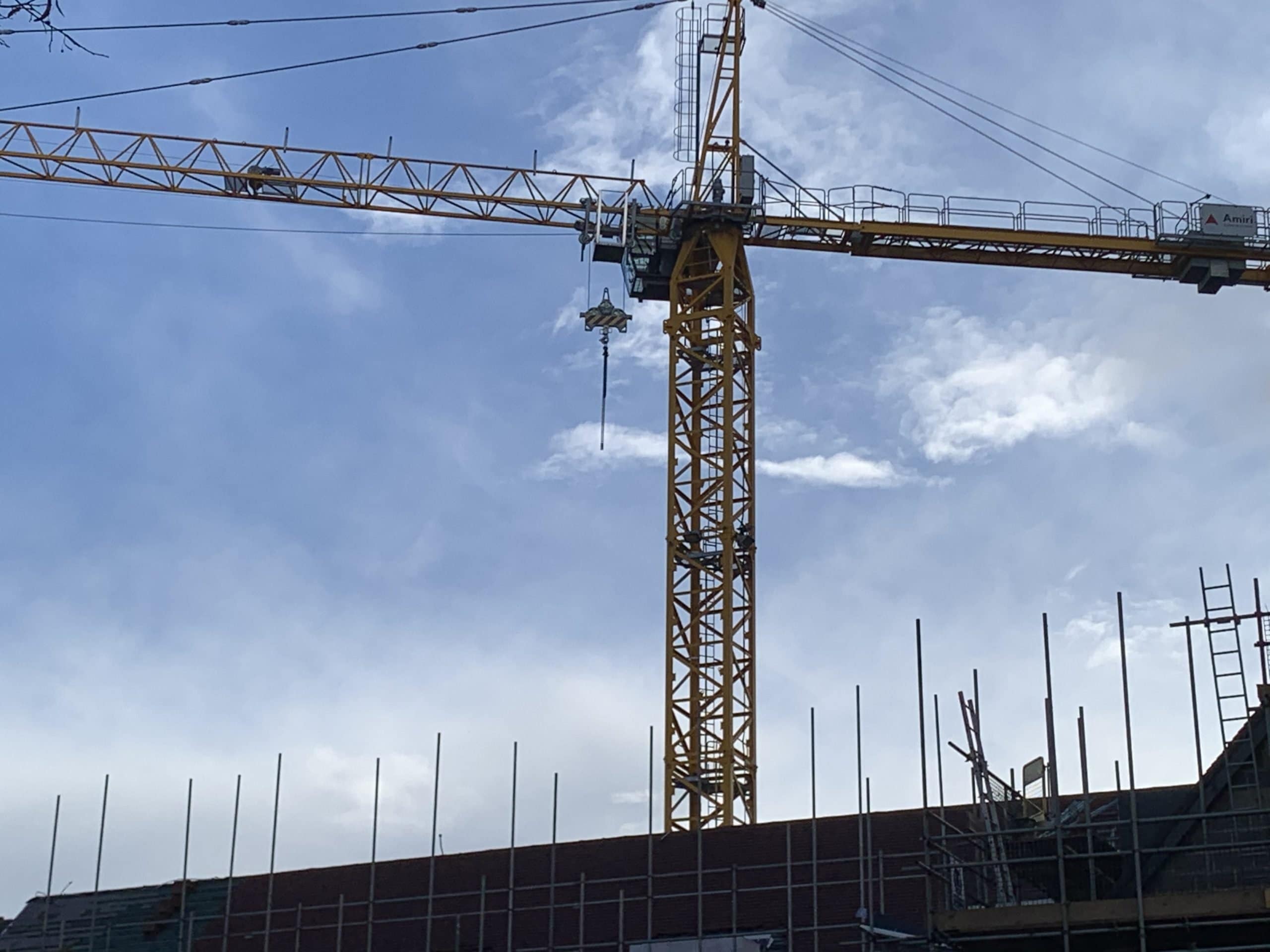‘Heat in Buildings’ is a government policy focused on saving carbon and transforming the way we heat our buildings. Read our latest blog to find out what the policy has achieved so far.
When it comes to genuine change, the key is change which happens at the highest level. Without “buy in” from the leaders and decision makers, it can be difficult (if not impossible) to reach our aspirations; especially when it comes to the green agenda.
Which is why we are delighted to see the Heat in Buildings policy moving forward with such pace.
What is the Heat in Buildings government policy? The policy has been created by The Department for Business, Energy & Industrial Strategy; it outlines the ways they are working with stakeholders to save carbon and improve the way we heat our homes and businesses.
The policy has already made waves; here we uncover why the Heat in Buildings policy was created and what it has influenced since launching.
Why is Heat in Buildings a government priority?
On 27 June 2019, the UK Government officially set a target to hit net zero greenhouse gas emissions across the UK economy by 2050.
This is a huge target; and a legally binding one, at that. It means that the steps and processes need to be put in place now to make it an eventual reality.
One of those steps is looking at the most efficient, successful ways to cut carbon emissions from heat, and how we can reduce our reliance on subsidy. Alongside this, the government hopes to lower the barriers currently blocking many people from enlisting low carbon heating and cooling. Plus, they are striving to sustain a viable supply chain for heat pumps that goes far beyond the Renewable Heat Incentive, all while keeping options open for longer term heat decarbonisation.
Phew – it sounds like a lot, doesn’t it?
Excitingly, the wheels have already been put in motion for many of these goals. Let’s take a look at some of them.
What has been done so far for the Heating in Buildings policy?
Big changes have already happened – and we’re so happy to see it!
The government has improved consumer advice.
Led by the recommendations of the Each Home Counts Review, the government has developed the Simple Energy Advice website. This is intended as a ‘one stop shop’ for consumers to access trusted, impartial advice on how to make their homes warmer, more sustainable and energy-efficient, as well as a range of advice on financial assistance for green energy schemes.
They improved gas boiler standards.
Gas heating systems have a huge role to play in the journey to net zero energy. In April 2018, the Boiler Plus standards for domestic boilers were brought into play; this guarantees that all households can access a high level of choice and control when it comes to their heating, so that they can have a comfortable, efficient home without seeing a huge spike in their bills.
The Buildings Mission launched.
The Buildings Mission aims to halve the energy use of all buildings by 2030. They plan to do this by:
- making sure every new building in Britain is safe, high quality, efficient and uses clean heating
- innovating to bring down the cost of building low energy, low carbon buildings
- driving lower carbon, lower cost and higher quality construction through innovative techniques
- giving consumers more control over how they use energy through smart technologies
They set up the Future Homes Standard.
The Future Homes Standard – which is set to launch fully in 2025 – requires all new build homes to be future proofed with low carbon heating and the world’s highest levels of energy efficiency.
The hope is that these homes will have 75 – 80% fewer CO2 emissions than those built to existing building regulations.
The Electrification of Heat Demonstration Project started.
The Department for Business, Energy & Industrial Strategy designed a £16.5 million Electrification of Heat Demonstration Project.
The mission of the project is to prove the feasibility of a large-scale transition to electrification of heat in Great Britain by installing heat pumps in a variety of homes, alongside new products and services that aim to eradicate the barriers to deployment.
In addition to all this, the government has kicked off the task of phasing out the installation of high carbon fossil heating, improved the accuracy of SAP calculations and empowered a whole nation of consumers to become more and more interested in choosing better heating systems and reducing the carbon footprint of their home.
While we are overjoyed by the government’s commitment to creating a greener society, we all have our own role to play.
And that’s where we come in.
If you are looking for ways to improve the energy efficiency of your home or business, we would love to help. Our team of expert professionals are here to help you navigate the complexities of sustainable households and building performance.




















